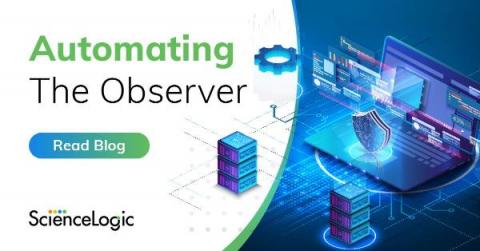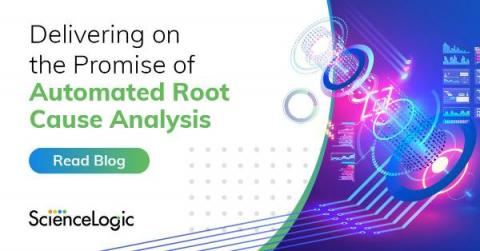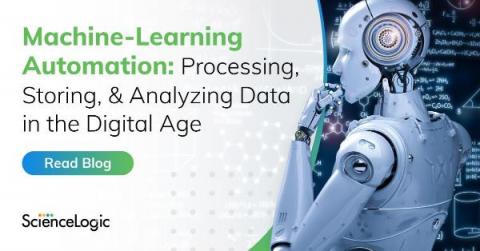Operations | Monitoring | ITSM | DevOps | Cloud
March 2023
ScienceLogic Product Tour: Understanding-and Solving-Root Causes of Risk
As enterprises grow bigger, more sophisticated, and more complex, it can be difficult to detect signs that network reliability is at risk. That’s why the ScienceLogic SL1 AIOps platform uses advanced, real-time analytics to track behavioral correlation and understand issues affecting infrastructure performance—and solve them quickly.
ScienceLogic Product Tour: Automate your Path to IT Productivity
Today’s enterprises aspire to achieve IT process automation to help manage their infrastructure more efficiently and effectively. An AIOps platform like SL1 from ScienceLogic makes IT automation possible by discovering all devices, configuration, ingesting data from all resources, and creating an operational data lake populated with accurate and timely data. That data ensures the best possible result when automating simple, repetitive tasks.
IT in Motion: Brewing up Organizational Change: It Starts with your Coffee
ScienceLogic Product Tour: Improving Business Outcomes with Service-Centric Monitoring
Digital business services are spread across on-premises, cloud, and SaaS environments. But assuring great service performance is increasingly difficult. Organizations are shifting from device-based monitoring to business service-based monitoring in order to meet the increasing expectations of end users and the business. And now you can see SL1 Business Services in action—without scheduling a live demo or free trial.
Part 3: Automating the Observer
This is the final blog of a three-part blog series on Observability—the challenges and the solutions.
Delivering on the Promise of Automated Root Cause Analysis
This is part two of a three-part blog series on Observability—the challenges and the solutions.
ScienceLogic Product Tour: See Across Hybrid IT Environments & Close Visibility Gaps
ScienceLogic’s SL1 is engineered to excel in today’s hybrid IT environments, discovering legacy gear buried in your on-premises data center as well as services and applications that live out in the cloud. SL1 is serious AIOps for IT operations teams that are serious about getting the most out of their investments in IT.
Machine-Learning Automation: Processing, Storing, & Analyzing Data in the Digital Age
The world of software is growing more complex, and simultaneously changing faster than ever before. The simple monolithic applications of recent memory are being replaced by horizontal cloud-native applications. It is no surprise that such applications are more complex and can break into infinitely more ways (and ever new ways). They also generate a lot more data to keep track of. The pressure to move fast means software release cycles have shrunk drastically from months to hours, with constant change being the new normal.











